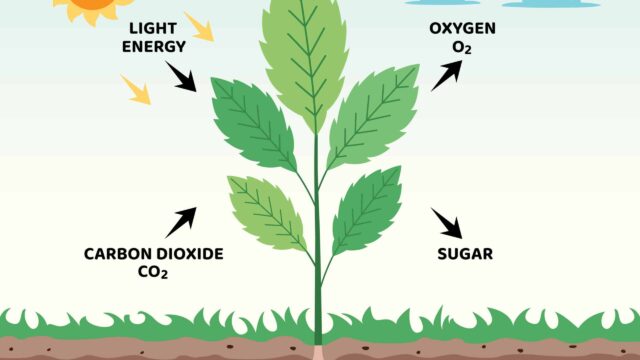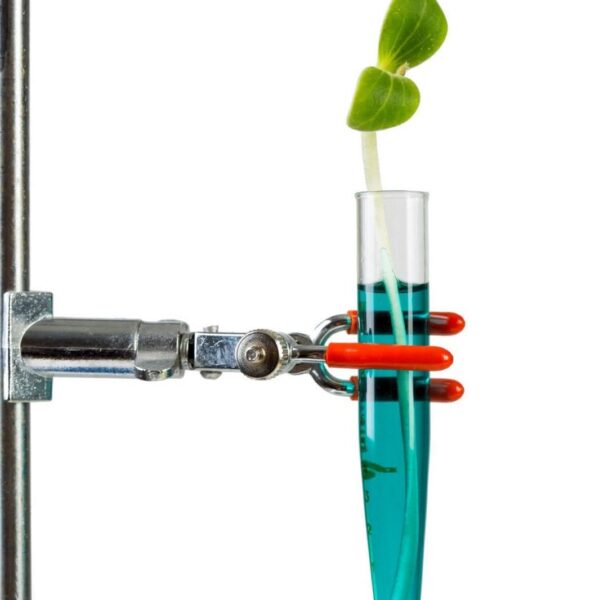
The topic of plants and their parts might seem straightforward at first, but it forms the backbone of many key concepts in Primary School Science — starting as early as Primary 3 and building up in depth through Primary 4 and beyond. By the time students are expected to label parts like the root, stem, and leaf, they also need to know how these parts function, work together, and respond to changes.
In addition, Science exams often test these areas in more ways than one — from diagram-based questions to experiment analysis. As such, for students aiming to do well, it’s not just about recalling facts. It’s about recognising question types, applying knowledge, and thinking critically under exam conditions.
#1. Recognising Plant Components: Identifying Plant Parts Through Visuals
This is one of the most common question types students will encounter in the Plants & Their Parts topic. It often begins with a simple diagram of a plant, asking students to label parts like the roots, stem, and leaves.
While it may appear straightforward, scoring well depends on more than just naming parts — it’s about knowing what each part does.
For example, your child might be shown a diagram and asked:

(a) What is another function of the roots in this diagram?
(b) Circle the leaves and explain the function of this part.
To answer confidently, students need to understand that roots absorb water, stems transport nutrients, in addition to holding the plant firmly to the soil, and leaves make food through photosynthesis by trapping light energy.
#2. Substance Movement: Comprehending Transportation Pathways in Plants
Another key question type centres around how substances move through the plant. This means that students must understand the direction of movement — water and mineral salts travel upwards from the roots to the leaves, while food produced in the leaves moves downwards to other parts of the plant. The stem acts as the main transport channel in both cases.
In exams, this concept is often tested through arrows in a diagram. For instance, a question might ask:
Arrows A, B, C, and D show the movement of substances in a plant. Which arrow shows the movement of food?

| A | B | C | D | |
|---|---|---|---|---|
| (1) | Water | Food | Food | Water |
| (2) | Food | Water | Food | Water |
| (3) | Water | Water | Food | Food |
| (4) | Food | Water | Water | Water |
To answer correctly, students need to link the direction of the arrow with the correct substance and its path. This reinforces the understanding that the plant system is not just a structure — it’s a functioning network with specific roles and routes.
In this case, the answer is (3).
#3. Adaptations and Function: Explaining the Effects of Plant Modifications
This question type challenges students to go beyond memorisation and apply their understanding of how different plant parts work. They may be asked to predict how changes to the roots, stems, leaves, or even external conditions affect important functions like water absorption and food production.
For example, students might be shown an experiment where two identical plants are watered equally. One plant is placed in a clear glass box, while the other is kept in a black glass box. After two weeks, the plant in the black box wilts. The question might be:
Why did the plant in the black glass box wilt, and what can we conclude from this experiment?
Here, the student must recognise that light is essential for photosynthesis. Without it, the plant can’t make food, leading to wilting. This type of question builds analytical thinking — key for students progressing through the Primary School Science syllabus.
#4. Visual Indicators: Understanding Colour Changes in Plants
This is one of the more visually engaging question types that often capture students’ interest. It tests their understanding of how water travels through a plant — from the roots (or base, if it’s a cutting) up through the stem to the leaves or flowers. When coloured water is used in the setup, students must observe and explain the resulting colour changes in the plant.
A typical question might be:
Sarah placed a white flower in a test tube with blue-coloured water. What will she observe after a few days, and why?

To answer accurately, students need to link what they see to the process of water absorption and transport. The colour change in the flower petals shows that water — and anything mixed in it — travels up the stem. This reinforces the concept of the plant’s internal transport system in a practical way, especially useful when revising for Primary School Science exams.
#5. Scientific Inquiry: Analysing Experiments and Drawing Conclusions
Understanding how to apply the Scientific method is an essential skill in Primary School Science. This type of question often requires students to evaluate an experiment, identify the variables, and make logical conclusions based on the data provided. It’s less about recall and more about reasoning — an important step in developing Scientific thinking.
For example, students may be given this scenario:
Cheryl wants to find out which fertiliser —A, B, or C— helps a plant grow flowers the fastest. She uses three different pots. Which variables should be kept the same?
| Variables | Tick (✓) the correct box |
|---|---|
| The amount of water added | |
| The amount of soil used | |
| The amount of fertiliser used | |
| The brand of fertiliser used | |
| The location where the pot is placed |
To do well, students must correctly identify the independent variable (type of fertiliser), the constants (amount of water, sunlight, plant type), and then analyse the results to draw a valid conclusion. Questions like this reinforce the process behind experimentation — not just the outcome — which is vital across all Primary School Science topics.

If your child is revising topics like the plant system or trying to make sense of different Primary School Science topics, knowing what to focus on — and how to tackle it — can make all the difference.
At TLS Tutorials, our approach to Primary School Science tuition in Singapore goes beyond just worksheets and memorisation. Whether your child is building confidence with P4 Science notes, catching up using P3 Science materials, or preparing for PSLE with targeted P5 and P6 Science tuition, we tailor lessons to their learning style. With a deep understanding of the Primary School Science syllabus, our teachers guide students through each concept clearly — from identifying plant parts to analysing full experiments.
Looking to strengthen your child’s grasp of Science with the right structure and support? Let’s help them get there, one concept at a time.
